
User Experience Design in AR Mobile Apps: Human-Centered, Spatial, and Delightful
Chosen theme: User Experience Design in AR Mobile Apps. Step into a world where interfaces breathe in your living room and interactions unfold around your hands. Together, we’ll craft comfortable, intuitive experiences that respect reality, spark curiosity, and invite you to share your discoveries and subscribe for future deep dives.
Designing Spatial Onboarding That Builds Confidence
Explain what the camera sees, how surfaces are detected, and why movement matters. A brief sketch or animation showing a table being scanned reduces confusion dramatically. Invite users to share tricky rooms that challenged detection.
Designing Spatial Onboarding That Builds Confidence
Guide users with friendly nudges—“move slowly,” “point at the floor,” “good angle!”—and reward first anchors with a delightful ping. A beta tester once danced in place when the first hologram snapped perfectly onto their coffee table.
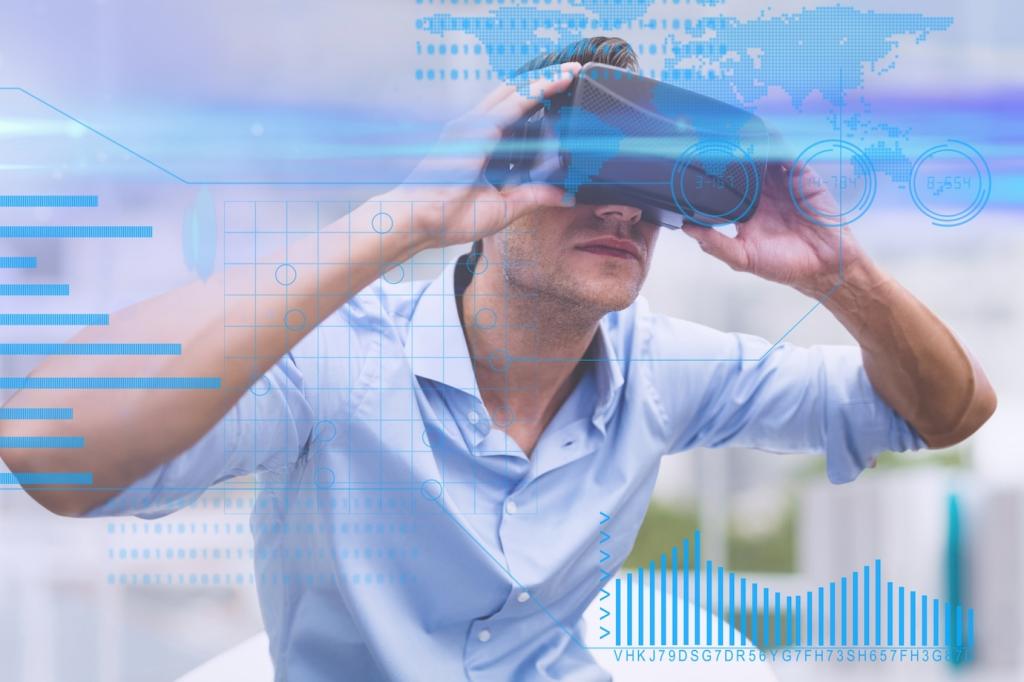
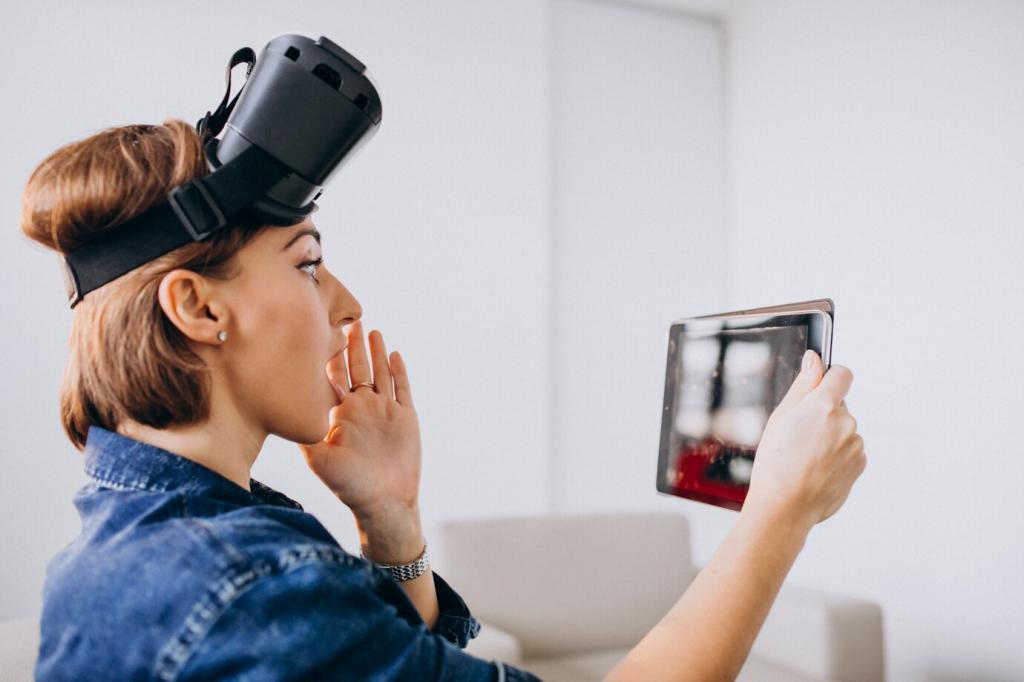
Interaction Patterns That Feel Natural in 3D
Hands and Gestures That Reduce Effort
Favor large, forgiving gestures over tiny taps in space. Pinch, drag, and rotate should respond with elastic feedback. A builder shared that a two-handed scale gesture felt like stretching dough, instantly communicating precision with playfulness.

Visual Language: Depth, Occlusion, and Legibility
Combine soft contact shadows, parallax, and size change to communicate distance. In usability tests, adding a faint ambient shadow reduced misplacements by half. What subtle cues helped your users understand near versus far?
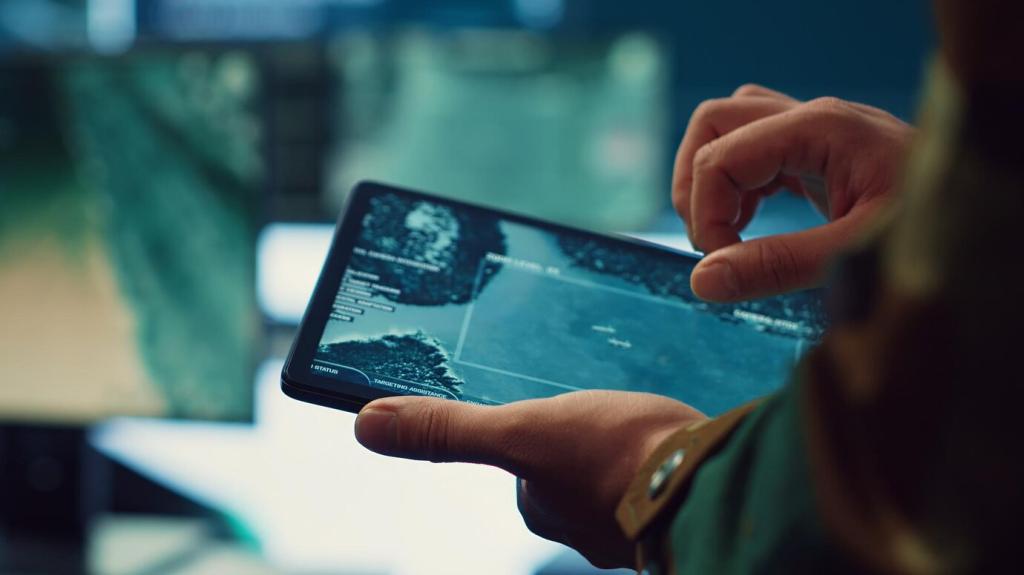
Accessibility and Comfort for Everyone
Offer a reduced motion mode, anchored UI panels, and optional teleport-free navigation. One parent thanked us after their teen enjoyed AR without nausea for the first time. What comfort toggles most help your audience?
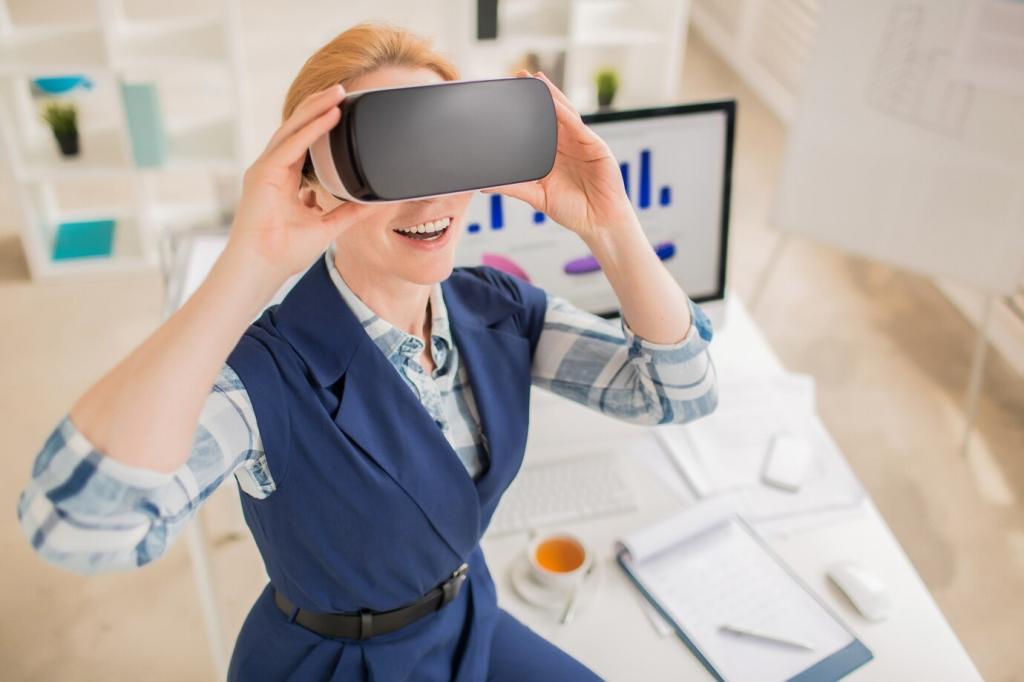
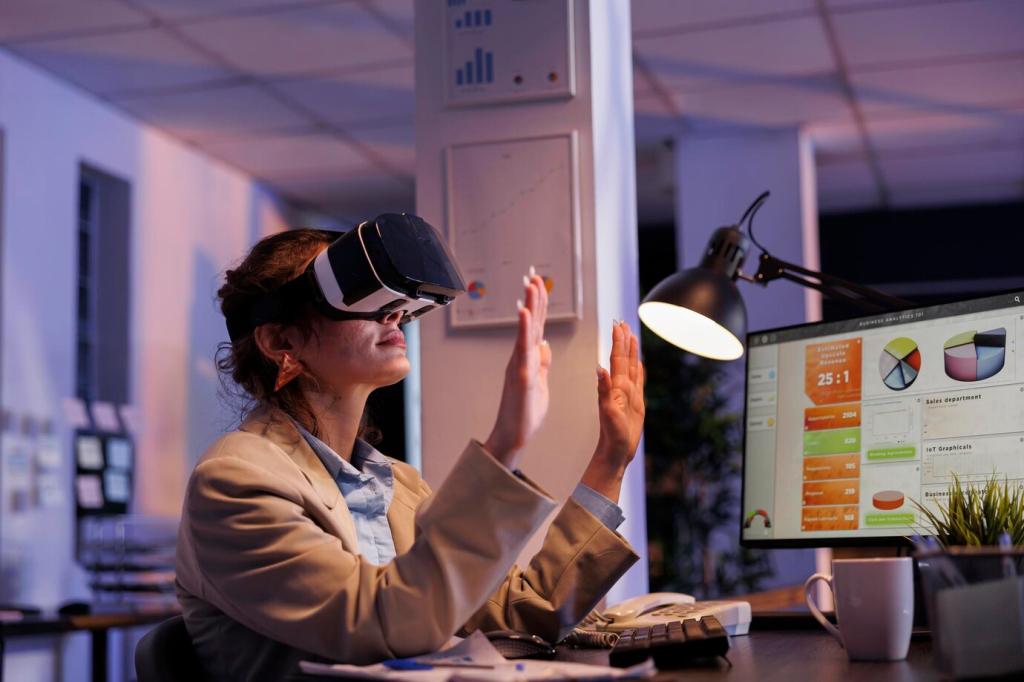
Accessibility and Comfort for Everyone
Place key controls within natural reach zones and mirror them for left-handed use. Provide voice, switch, and one-handed modes. Invite readers to suggest phrasing for voice commands that feel friendly yet precise.
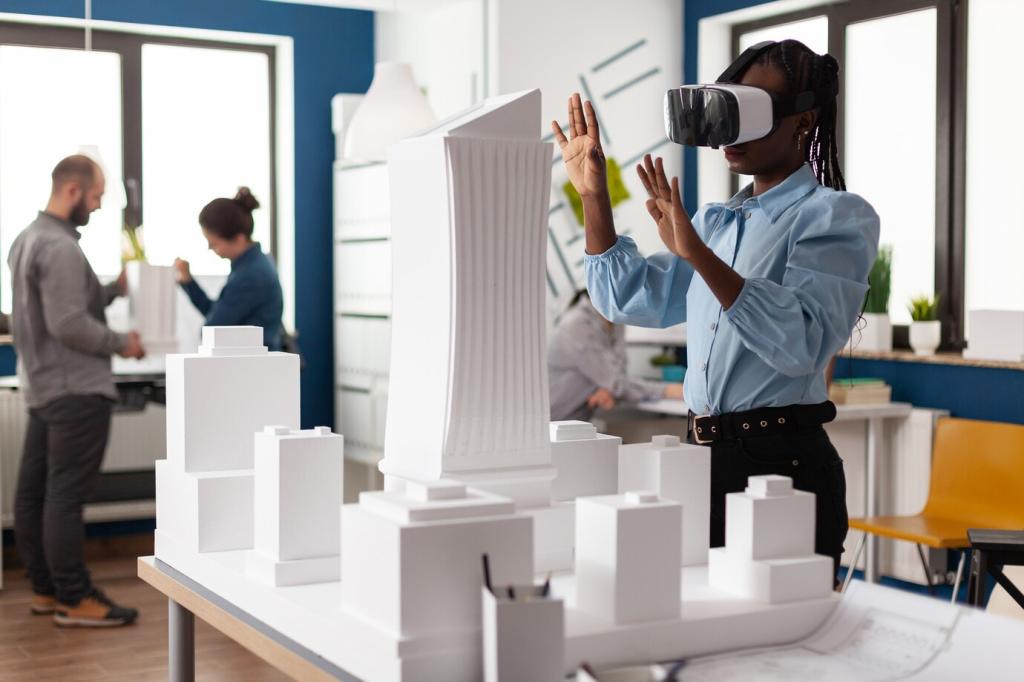
Frame Rate and Perceived Fluidity
Prioritize tracking stability and input latency over visual extravagance. Smooth motion reassures users that objects truly stick to reality. Which micro-animations have helped your app feel responsive without overwhelming the GPU?

Adaptive Quality Under Stress
Dynamically scale effects, mesh density, and particle counts while preserving clarity of key objects. Communicate adjustments with gentle cues, not jarring pops. Readers: how do you degrade gracefully when the scene becomes complex?
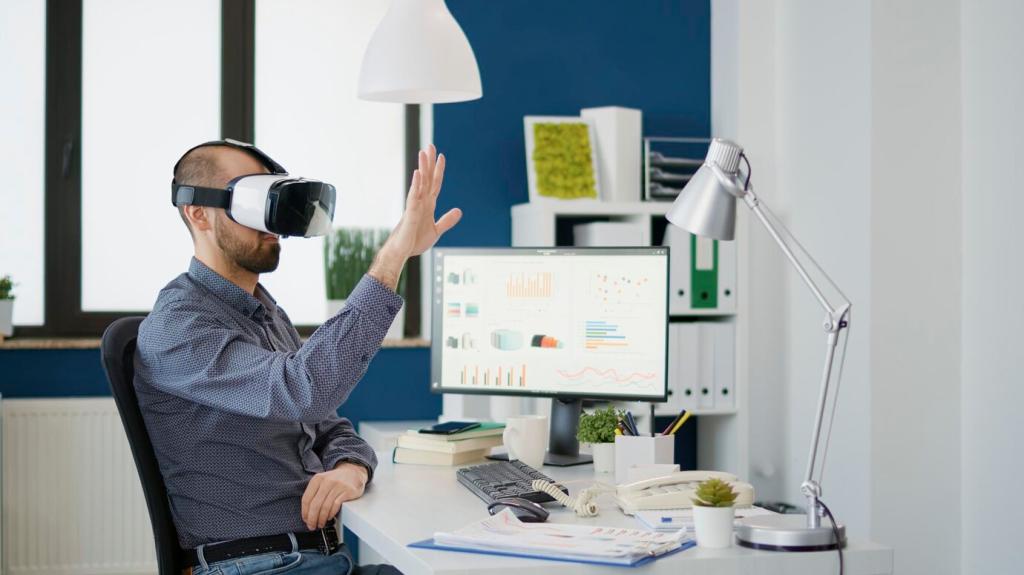
Session Length and Encouraging Breaks
Offer natural pause points, water reminders, and resume markers. A museum pilot found visitors lingered longer when guided micro-breaks were suggested. How do you nudge rest without breaking flow or immersion?

Contextual Usability Sessions
Observe how people navigate cluttered rooms, pets, and glare. One team discovered their placement flow failed on patterned rugs, reshaping their surface detection hints. What surprising context ever changed your priorities overnight?
Telemetry With Care and Consent
Collect anonymized interaction patterns, not raw video. Explain what’s captured and why, and provide an easy opt-out. Ask readers which metrics most clearly reveal friction without compromising user trust or privacy.
Iterating From Field Stories
Transform anecdotes into hypotheses, then validate with targeted A/Bs. A simple tweak—delaying tooltips until anchoring—boosted success rates instantly. Share a small change that produced outsized impact in your AR user experience.
